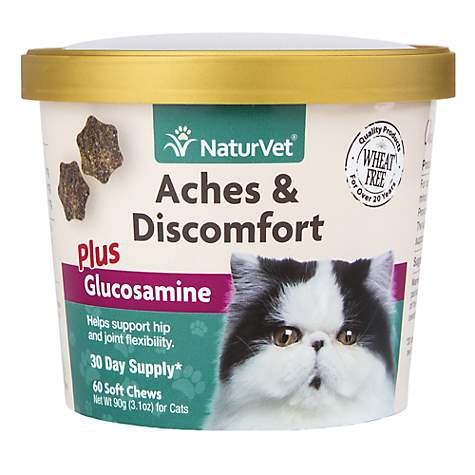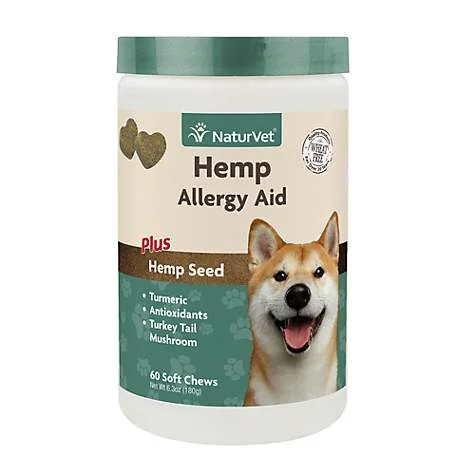Helping your pet during reduced home isolation:
/
As the majority of us rejoice with the small pleasures of being able to dine out, enjoy local cafes and essentially embracing all be it distance socialising, bear a thought for those family members who undoubtedly will not be thrilled with our reinstalled freedom…. our furry family members!
Speaking personally my 3 were living their best lives having us working from home, the attention, sneaky extra snacks and just general company makes for a very happy feathered, furry, scaled (whatever shape and form) animal companion. Now with our expanding lives they will be attempting to adapt to this seemingly very rapid change. I have adopted my own personal methods and tips I utilise with own animals, to help them adapt to their human companion transitioning back into day to day life.
1. Start initially giving them time alone when you are in the house, be it outside time or simply allowing them to have their own time in a separate part of the house. I myself am a big softy but I do force myself as ‘tough love’ is a very necessary part of caring for animals
2. Animals love routine particularly Dogs and maintaining as much consistency as possible will provide them with reassurance allowing them to feel safe
3. Radios or general music are great resources for any companion animal to hear voices and feel assured
4. Keep them occupied: Safe toys can be great tools at keeping animals minds busy, fill it with their favourite treats; I personally recommend ‘Tumeke Liver Strips’ a protein packed treat that’s irresistible to Canine family members
5. Cats also enjoy stimulation and a chew toy won’t necessarily appeal to them as much, however I keep mine occupied with cat trees; cats love to perch and cat trees are great vantage points to watch the environment, particularly if you have indoor cats.
6. Reward good behaviour: Food treats can be very helpful in doing this and I utilise tasty but nutritious ‘Tumeke Ovine Tripe’ great for the digestion and skin health
7. We cannot forget the simple act of playing with your pet! The majority of furry family members love playful interaction with their Human companions; my Feline family members enjoy ‘hide and seek’ and interaction with prey simulated toys. While our Canine family members quite enjoy ‘Zoomies’ and chase like play involving toys.
I wish you and your furry family members all the best while adapting to our changing way of life, animals have been shown to be fantastic at reducing stress and increasing feel good hormones, so if you’re struggling sharing some time with our animal family members may just help.
My furbabies: Oogie (Left) Ziggy Stardust (Top right), Prince (Bottom right)




























